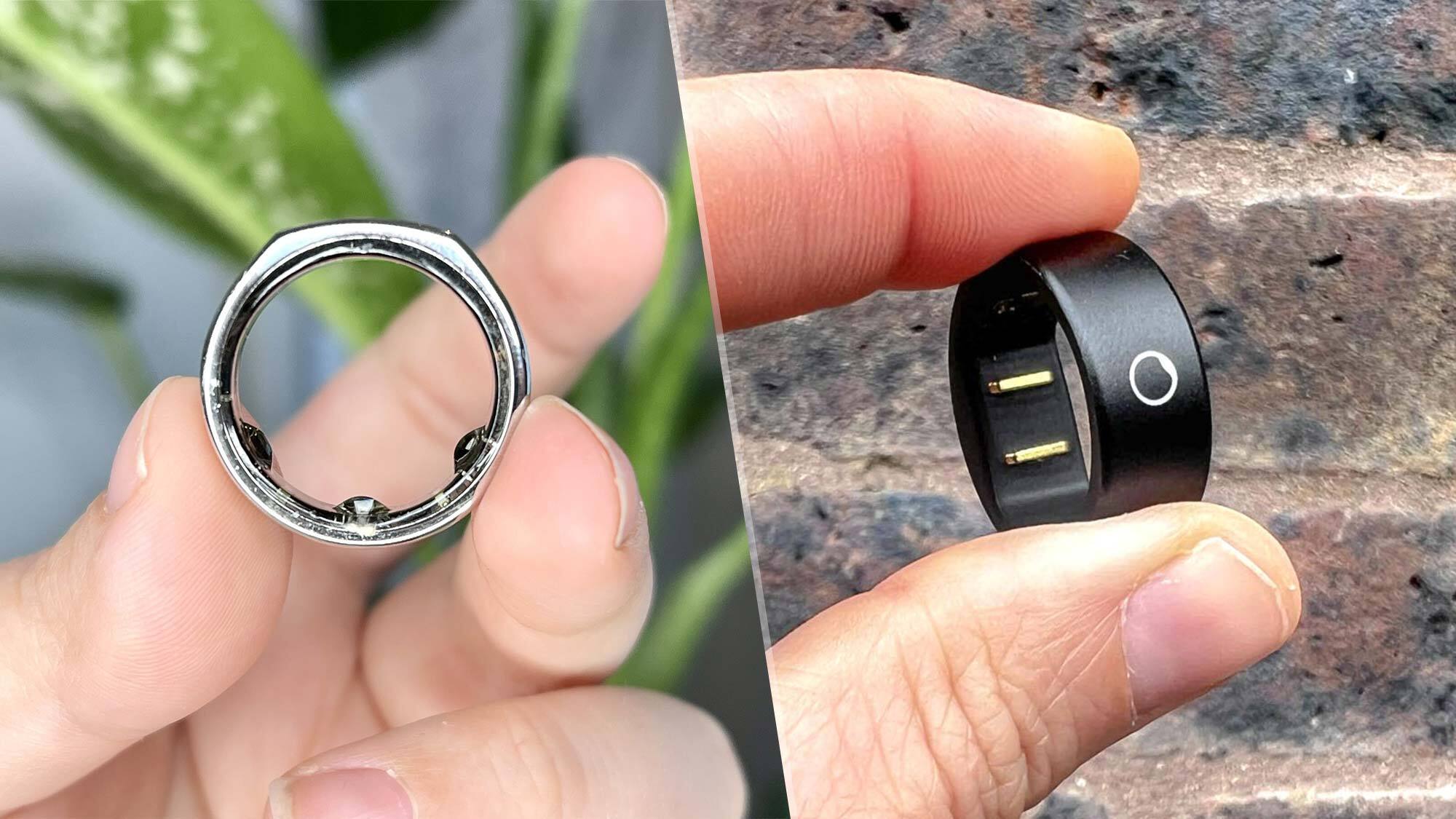
The Oura Ring is still the best-in-class smart ring for comprehensive wellness tracking, including stress and menstrual health. In its third iteration, the Oura Ring Gen 3 offers science-backed quality.
For
- Durable and sleek design
- Thorough sleep and stress-tracking capabilities
- Best-in-class women's health tracking
- Long-lasting battery life
Against
- Monthly subscription fee $5.99
- More expensive than Circular upfront
- Battery life declines with age
The Circular Ring Slim is a newcomer in the smart rings community but offers plenty of health-tracking features and an AI assistant. You don't need a subscription, but its features need further development.
For
- More affordable than Oura
- No subscription fees
- Plenty of fitness and health tracking features, including AI assistant
Against
- Uncomfortable to wear
- Unfriendly user experience in-app
- Unreliable loading and syncing of data
2024 could be the year smart rings finally make a meaningful impact in the wearable tech space. The Samsung Galaxy Ring is set to release in August, and one of our fitness writers has been getting hands-on with the Amazfit Helio Ring. As for me, I’ve been spending time with the Circular Ring Slim.
Launched in 2024, and self-titled the “world’s thinnest, most powerful tracker,” I’ve been spending several months with the wearable to see how it compares with the Oura Ring Gen 3, which I’ve been wearing for several years.
While the more budget-friendly Circular Ring Slim makes a promising first entry into the wearables market, here are five reasons I’m sticking with Oura instead, and why the Ring Slim has a long way to go to be a worthy competitor as one of the best smart rings on the market.
Circular Ring Slim vs Oura Ring: Value
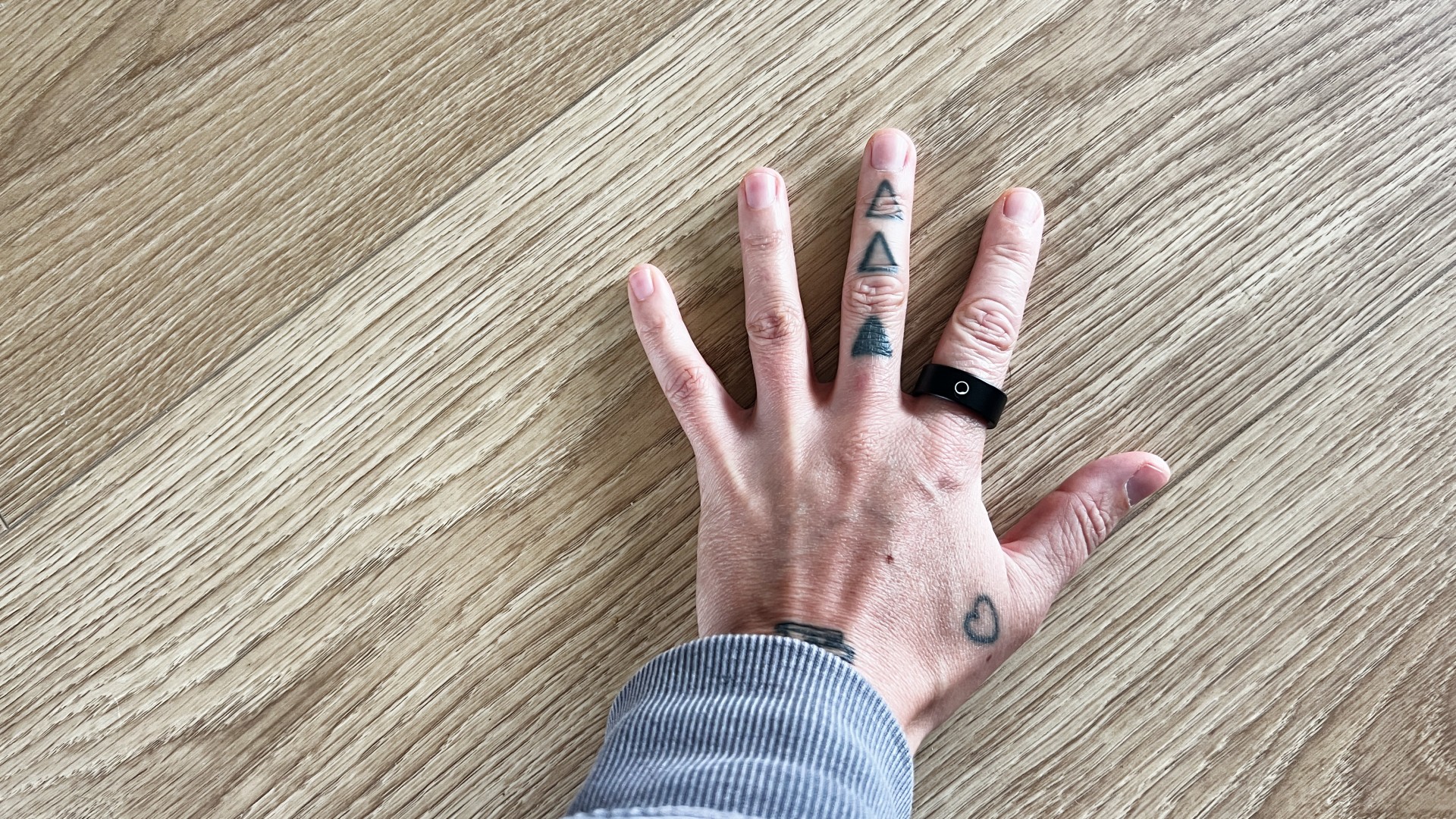
At first glance, the Circular Ring Slim looks similar to the Oura Ring Gen 3; it boasts a simple ring design, has multiple sensors on the inner ring side and slips onto your index finger for 24/7 health and fitness tracking via partner apps.
Like Oura, it’s designed to be worn all the time, including when you sleep, monitoring health metrics like heart rate, body temperature, breathing, Sp02, sleep, steps and more.
Data is presented in visuals — charts, daily scores, points and live metrics, and over time (and with diligent use), your ring gets to know you, uniquely mapping how your body responds to its environment, and providing personal insights for improving your health and wellbeing.
Both rings communicate data to their respective apps for real-time stress level, sleep score, energy level and activity analysis. In the Circular app, you get extra features like medication reminders, alarm clocks, vibration alerts and an AI assistant called Kira+.
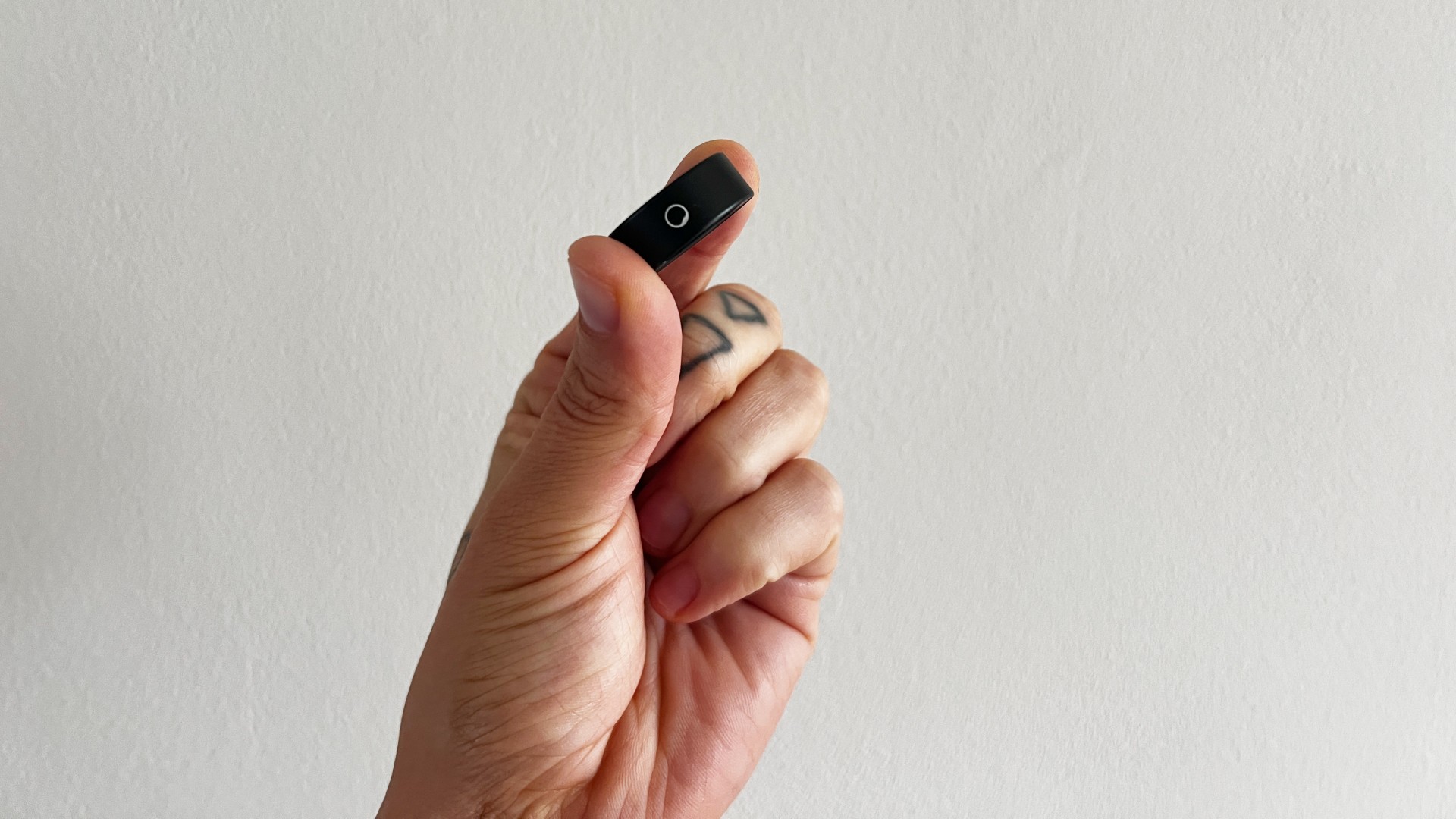
The Ring Slim also features a haptic navigation system, allowing you to tap the white logo on the front of the ring. For a more extensive rundown of Oura’s unique features, check out what happened when our writer wore the Oura Ring for an entire year.
The Circular Ring Slim launched in 2024 costing $264. It doesn’t require a subscription, making it appear a worthy competitor for the Oura Ring, which costs between $299 and $399 with a $5.99 monthly membership and up to 6 months free upon purchase.
But when you consider value for money, Oura nicks it in every category — here’s why.
Circular Ring Slim vs Oura Ring Gen 3: Design
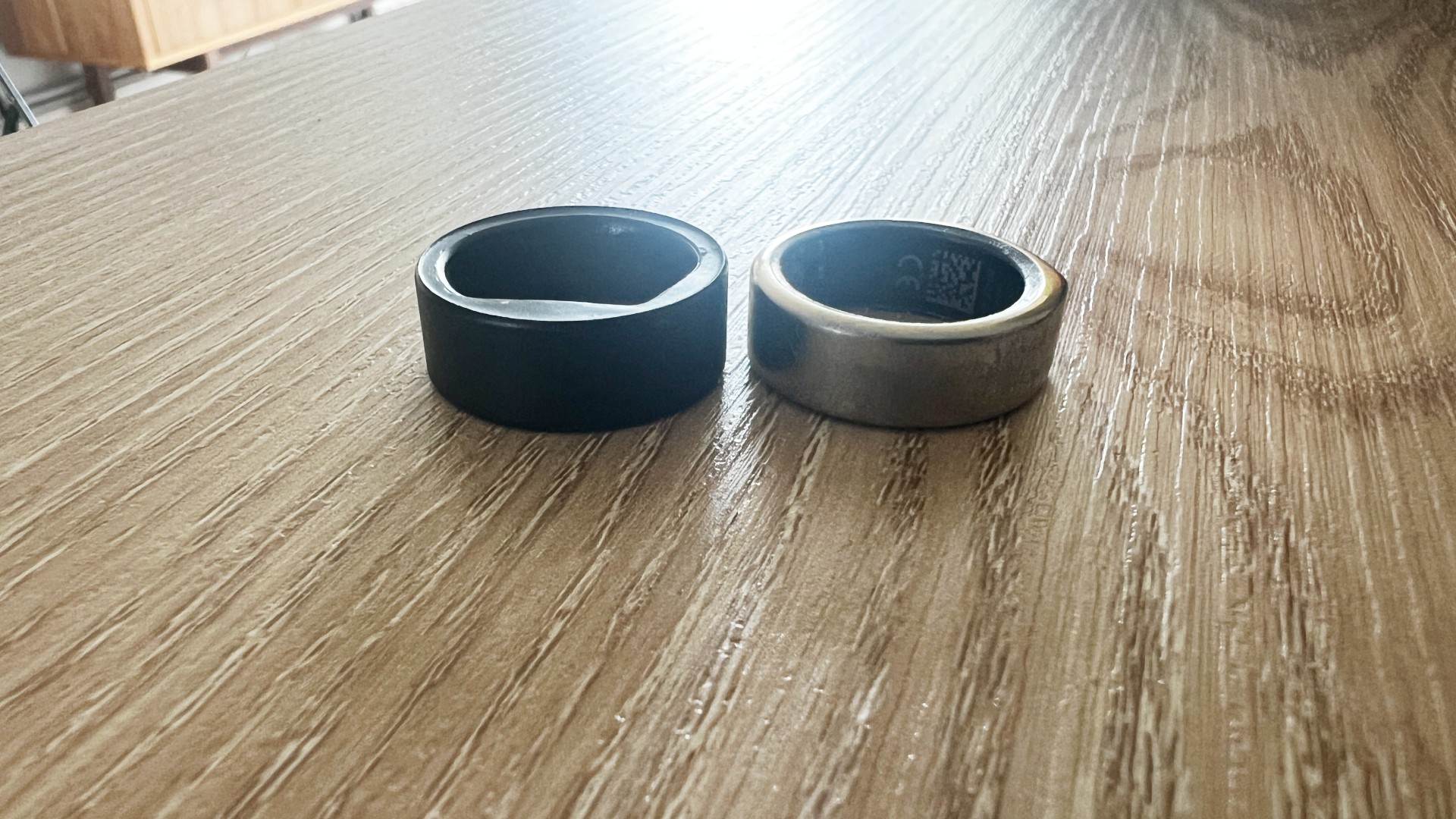
Dubbing yourself “world’s thinnest smart ring” strikes up images of a super sleek, lightweight ring, so my first grumble is how bulky the Circular Ring Slim feels on my index finger.
Having spent the two-week calibration period wearing it constantly (except for charging), I looked forward to taking it off: I’m not exaggerating — there’s nothing comfortable about wearing it.
Circular says the Ring “Slim” measures 2.2mm thick and 8.8mm wide, is made from aluminum and carbon fiber and weighs just 2g. The Oura Gen 3 is between 2.4 and 2.9mm thick and 8mm wide made from durable titanium with a PVD coating and weighs between 4 to 6g. These numbers vary depending on the ring size and design.
The Oura Ring feels marginally heavier, but much more comfortable than the chunky and cheaper feel of the Ring Slim, which sits awkwardly and less discreetly on my finger.
I typically exercise without jewelry on, but there’s no chance I could lift weights while wearing the Ring Slim, and I’ve worn the Oura Ring without issue on multiple occasions. Exercise aside, simple tasks like cooking or writing feel equally cumbersome with the Circular ring on my finger. In short, I just never forget that it’s there.
Circular Ring Slim vs Oura Ring Gen 3: Battery life
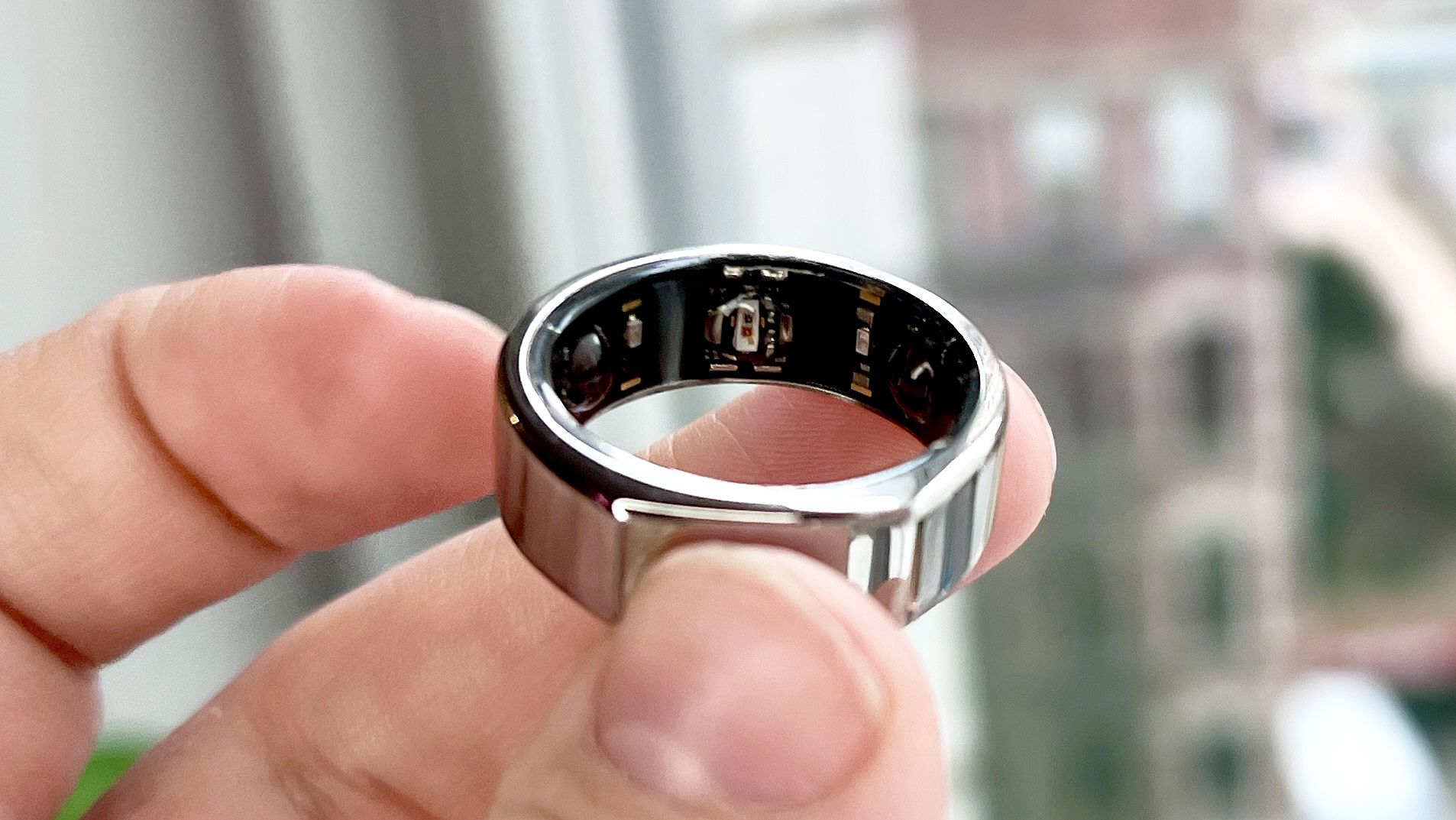
One of the stand-out features of the Oura Ring Gen 3 is its 4-7 day battery life and lightning charge speed between 20 to 80 minutes. Granted, several years on, I’m now charging mine every few days, but from the outset, the Circular Ring Slim offers 2 days of battery life on full features and 5 days on limited features.
For a 24/7 tracker, 2 days feel pretty measly, and even on eco mode, the battery is poor. Besides, who spends over $250 on a ring only to use limited features?
Circular Ring Slim vs Oura Ring Gen 3: In-app usability
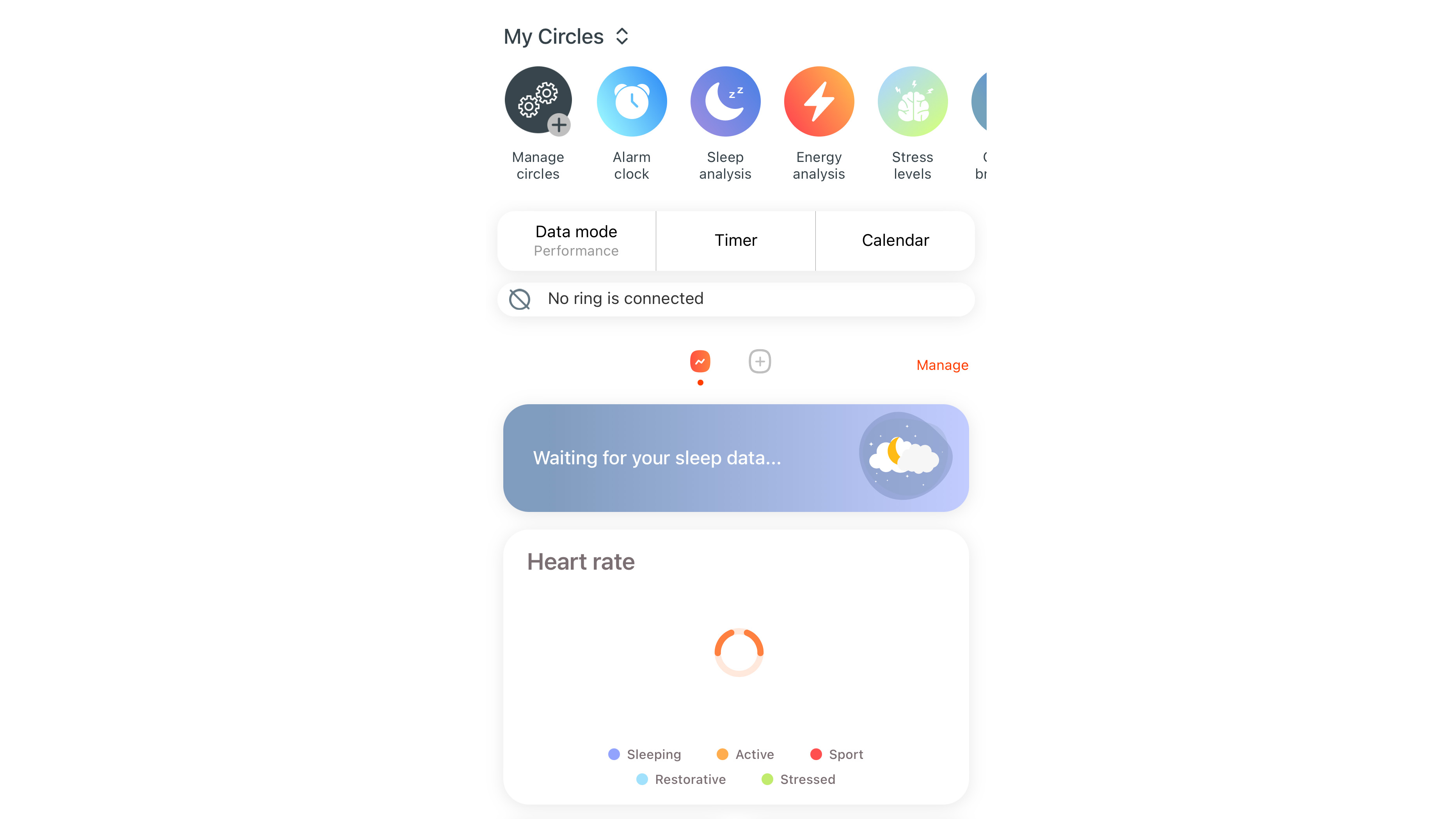
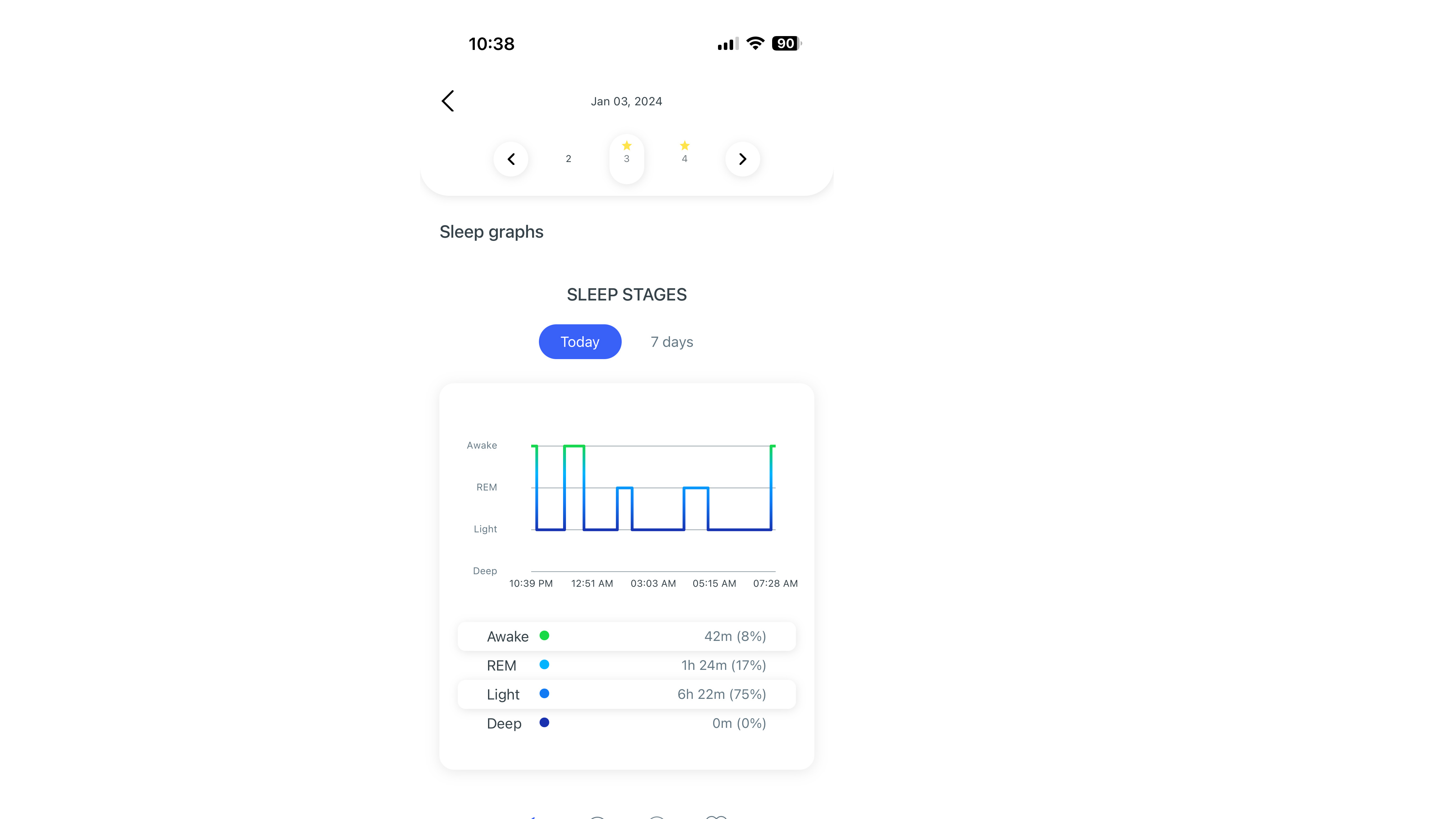
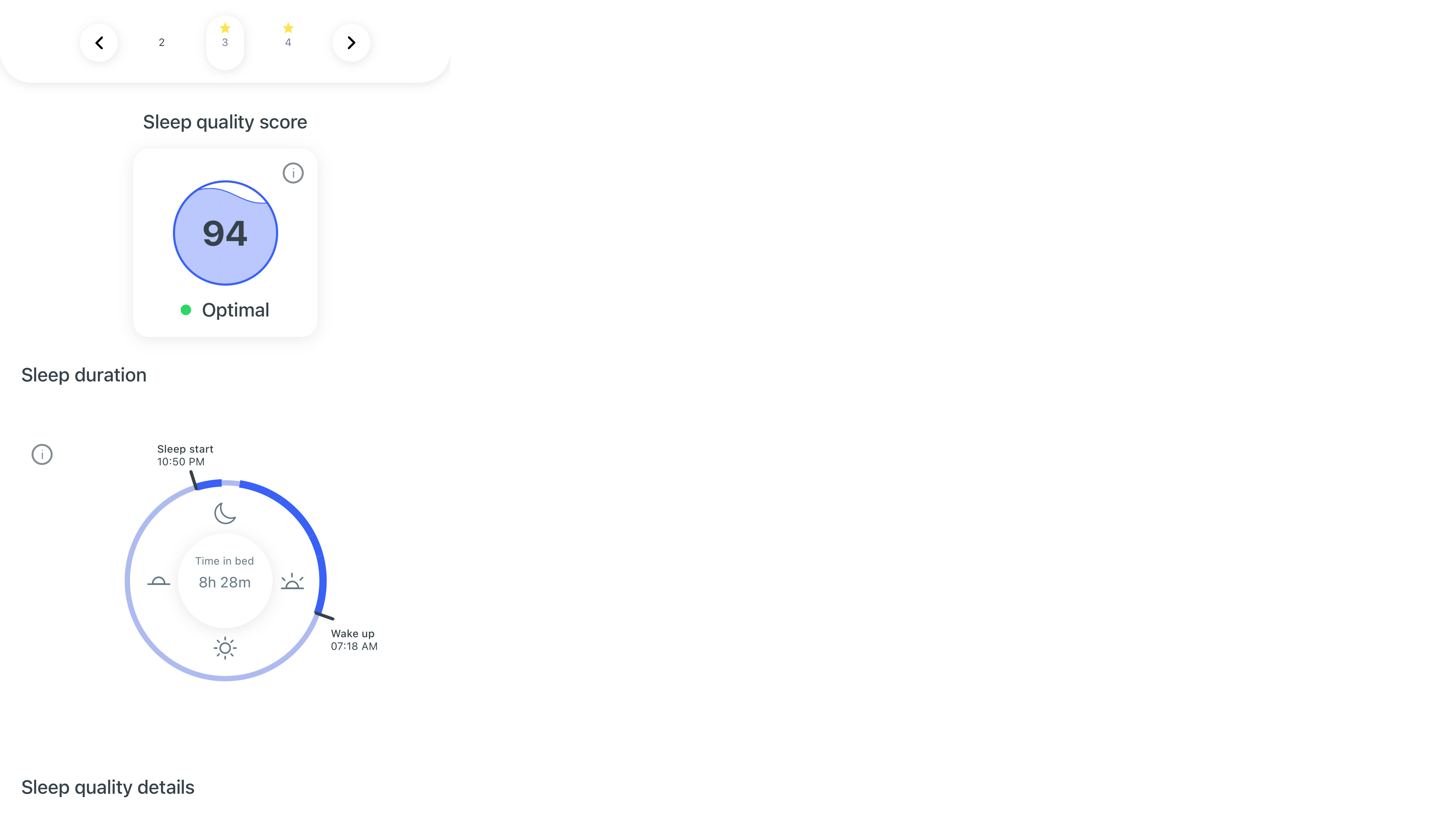
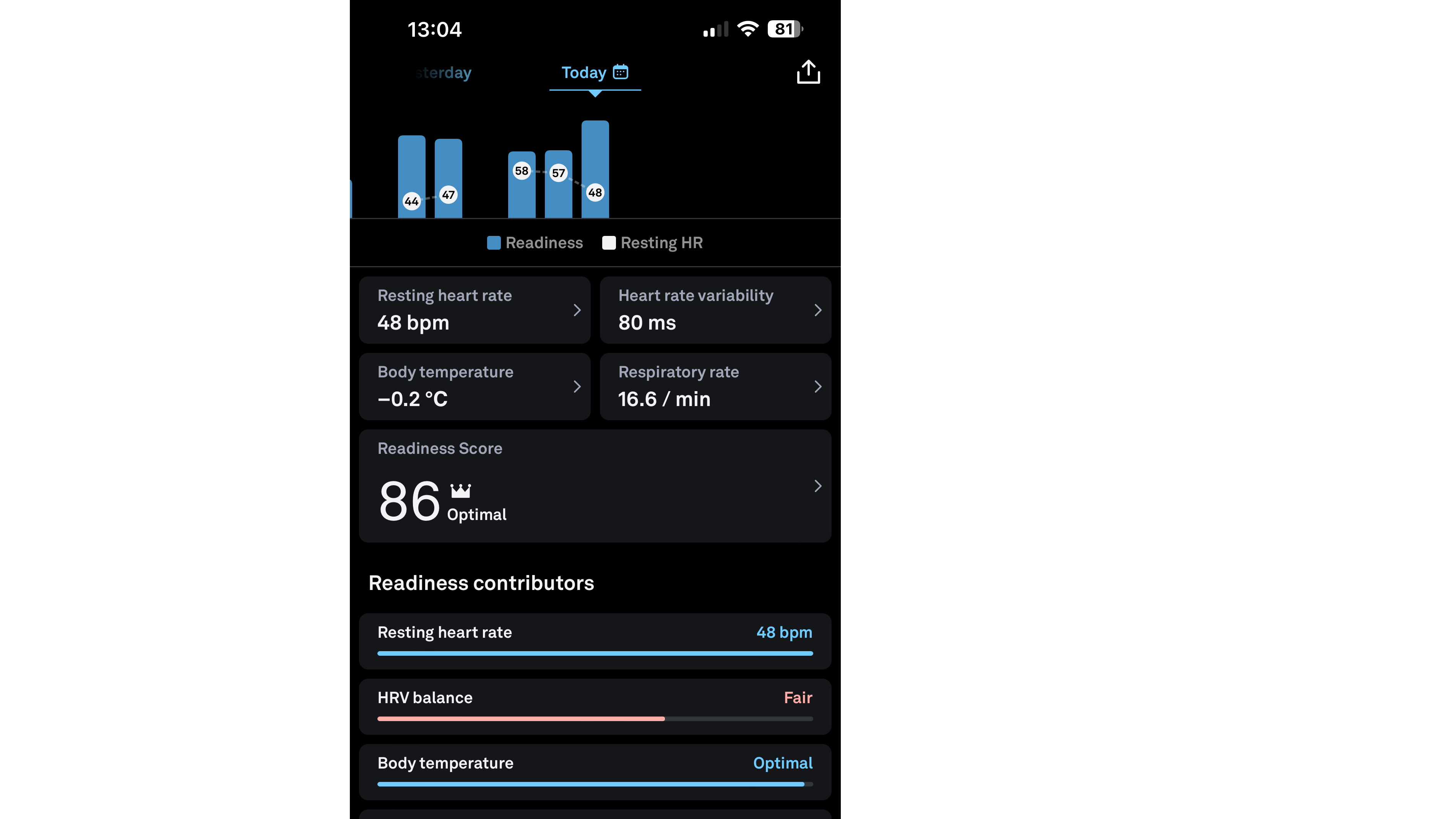
The Oura app is easy to use, well organized and uncomplicated, with five tabs you can navigate for readiness data, sleep, activity and stress.
The Circular app features circles across the top of the page with similar functionality and a homepage with a summary view. It’s free to download and you don’t pay a subscription, although some extras do have a fee attached.
Upon opening the Oura app, the page automatically refreshes itself within seconds, providing updates on stats like stress levels as often as every 15 minutes. By comparison, the Ring Slim takes a while to sync and regularly flags connectivity and loading issues. Navigation feels clunky and slow and I found the app confusing, overstimulating and overpopulated. Circular could do with making the interface far more user-friendly and intuitive.
It simply didn’t load or collect data properly on multiple occasions, especially sleep data. I’d often wake in the morning to interrupted connectivity issues overnight that prevented sleep data collecting and with huge gaps in data where the ring packed up during the early hours of the morning. On other occasions, it couldn't recognize that I'd gone to the toilet and back to bed again, either missing that I'd gotten up or failing to detect going back to bed.
Circular Ring Slim vs Oura Ring Gen 3: Women's health
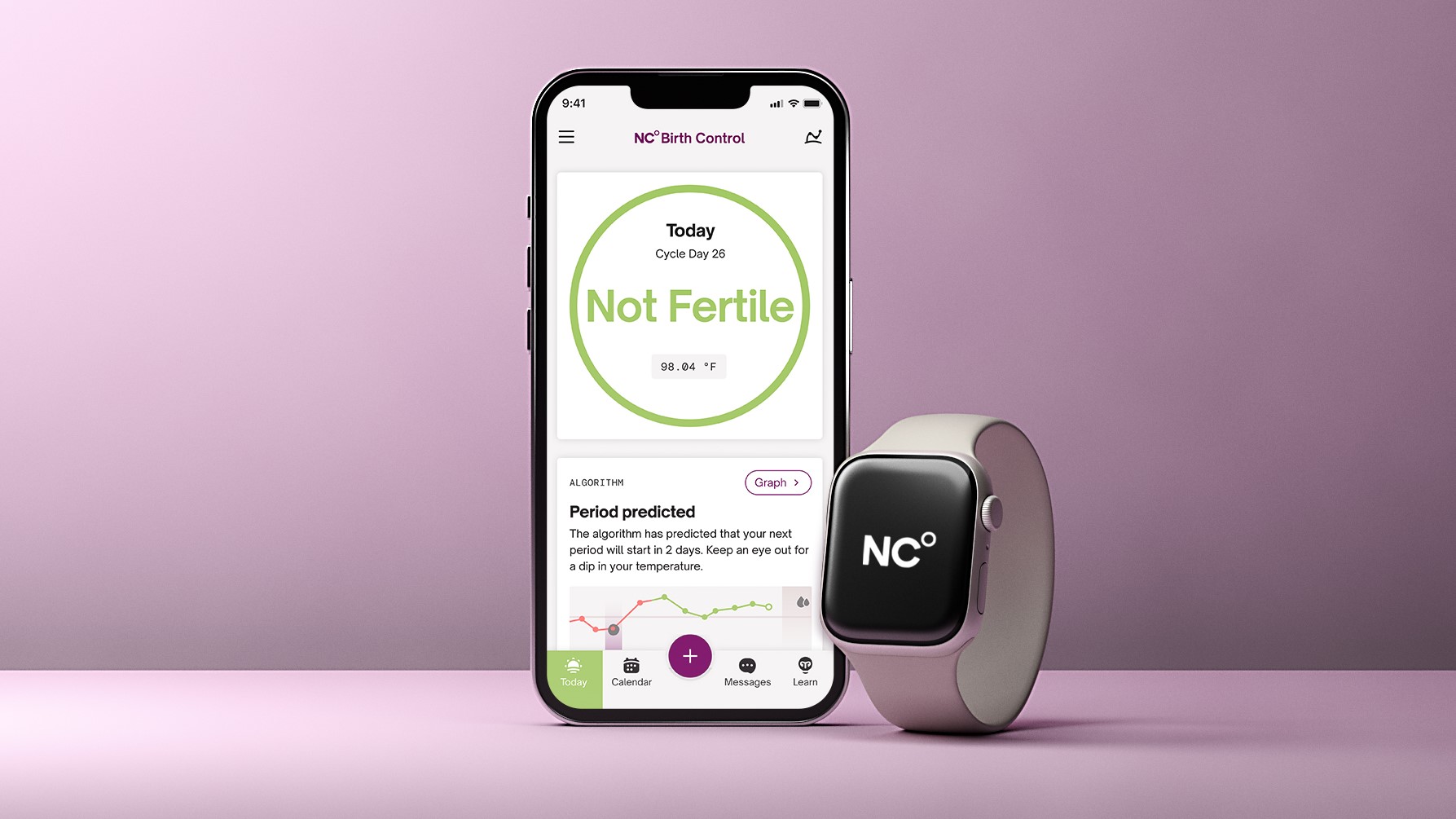
One of the top features of the Oura Ring is its partnership with the FDA-cleared fertility and birth control app Natural Cycles. It's the best device for tracking periods I've tested.
Rather than manually taking your temperature each morning, Oura sends your body temperature readings directly to Natural Cycles; this contributes toward the algorithm to predict menstrual cycle and ovulation via temperature fluctuations.
I’ve been using the partnered apps for years and have found both to be reliable, accurate and an absolute game-changer in fertility control and tracking; I’ve never been more in tune with my female health.
Given the rumors that the Samsung Galaxy Ring will have period tracking, I suspect it will integrate Natural Cycles, as the smartwatches already do. Until then, there’s no serious competition in this arena.
Circular Ring Slim vs Oura Ring Gen 3: Accuracy
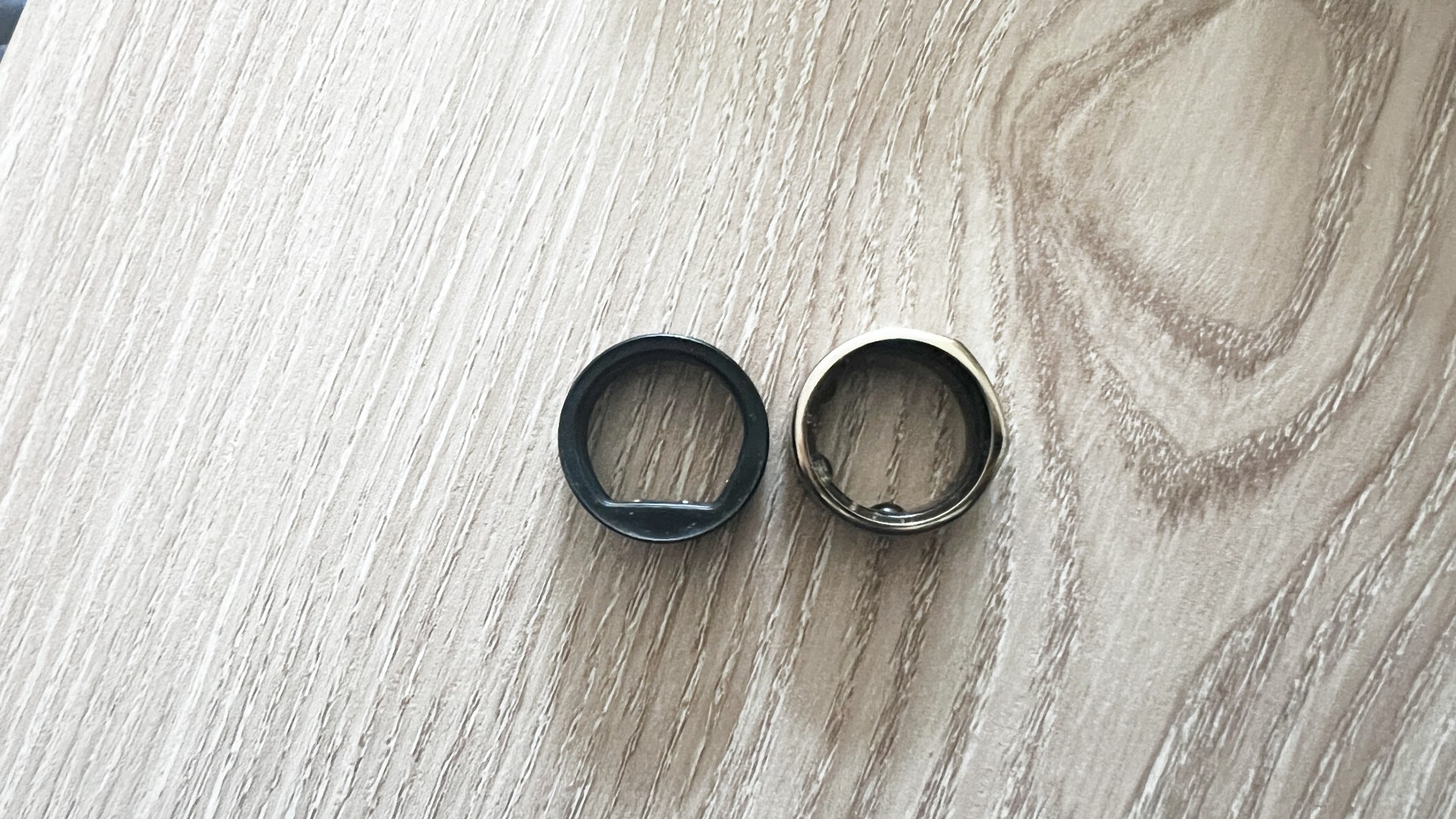
My experience has been better with Oura, but this is subjective. Unless you can compare stats to sleep lab data, it’s tough to decide what is or isn’t “accurate.”
However, given that Circular often populates my dashboard with half-analyzed data and missing stats, and Oura’s stellar reputation for medical-grade research, I’ve found tracking much more reliable using the Oura Ring.
Oura’s wealth of research used to develop their rings (over 10 years) is impressive and publicly available in their blog The Pulse. They boast 99% heart rate accuracy and 98% Heart Rate Variability (HRV) accuracy compared with ECG2, 92% body temperature accuracy compared to lab standard and 79% sleep tracking accuracy compared to clinical polysomnography at 83%.
Oura also works closely with a medical advisory board to develop deep research into every aspect of tracking and measuring, which is meticulously shared with users in-app and via blogs.
Circular says their current methodology “is based on doctor’s recommendations…and contemporary literature,” and the company is “involved in internal and external research projects.” Plus, they do share some of this via a blog. However, most research development isn’t publicly available, and Circular’s data is more challenging to quantify.
Circular Ring Slim vs Oura Ring Gen 3: Verdict
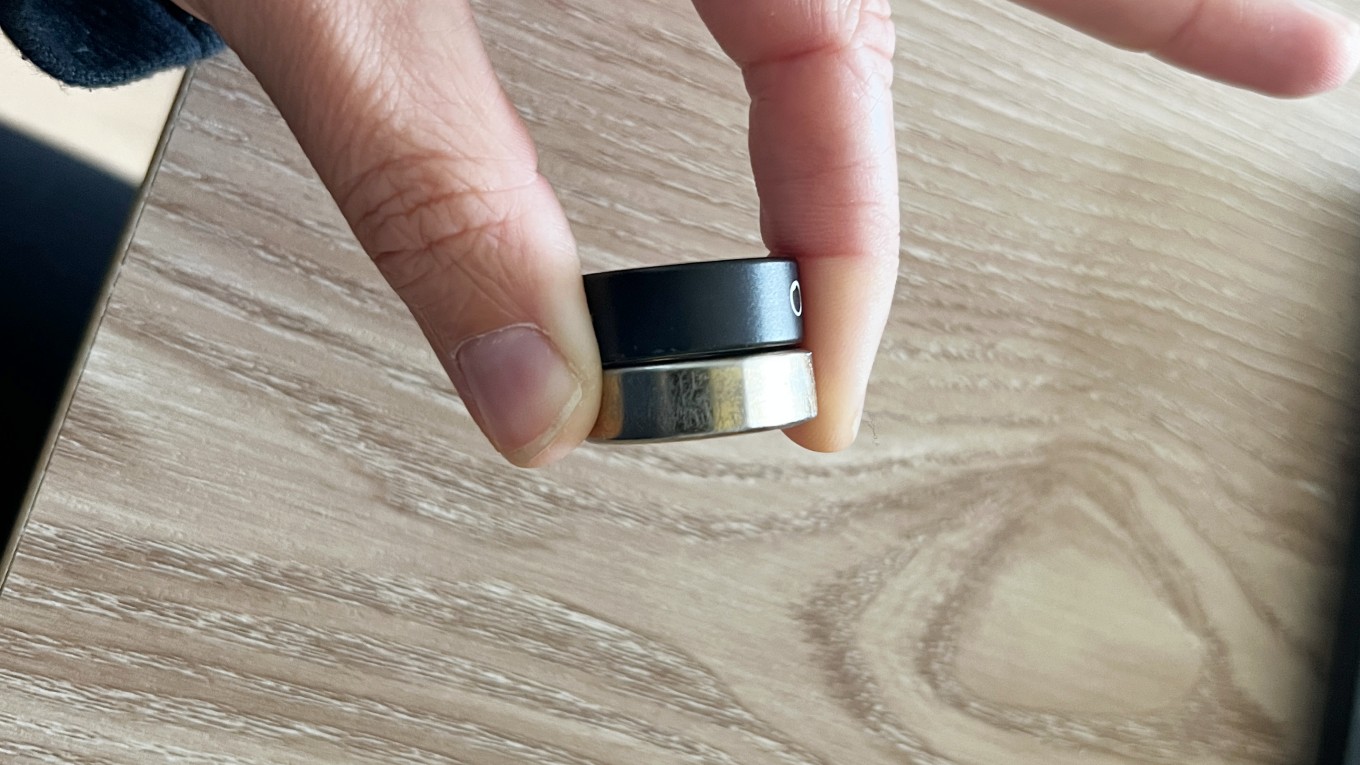
Given the modest difference in cost, I’m unconvinced you can justify the more “budget-friendly” Circular Ring Slim over the Oura Ring. Plus, Oura’s early entry into the smart rings industry means the company has had plenty of time to learn, develop and refine.
When buying a smart ring for the first time, a budget-friendly option is usually the best way to go. I don’t believe that’s the case with the Circular Ring Slim — and positioned at $264, it’s still a lot of money given the 2-day battery life and connectivity issues.
If you want an entry-level smart ring, this model isn’t affordable enough to be a gamble purchase, and in that case, I’d recommend purchasing one of the best fitness trackers first.
The Circular Ring has potential but needs fine-tuning to compete with the likes of Oura, Ultrahuman Ring Air, or Samsung Galaxy. Right now, Circular must listen to feedback from its users and work to correct the functionality issues that currently prevent it from being as competitive as it could be.







